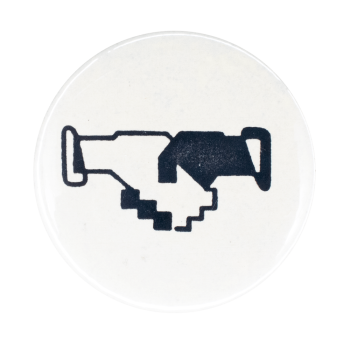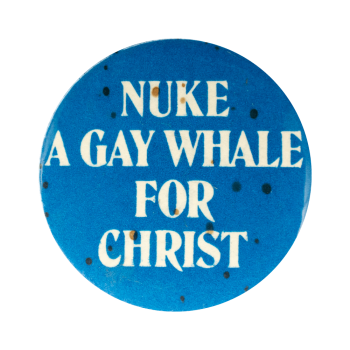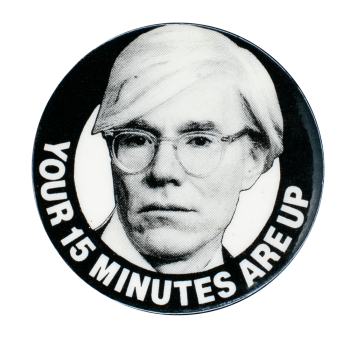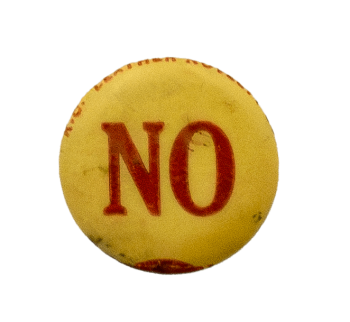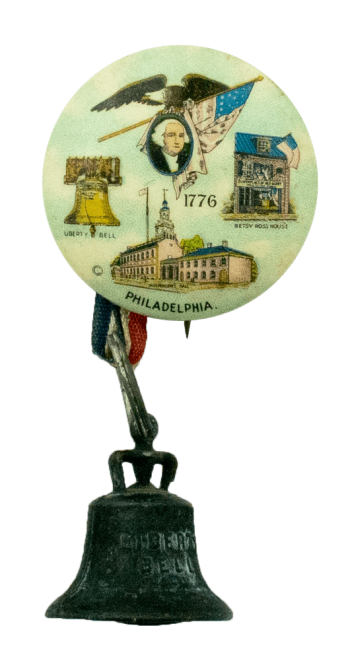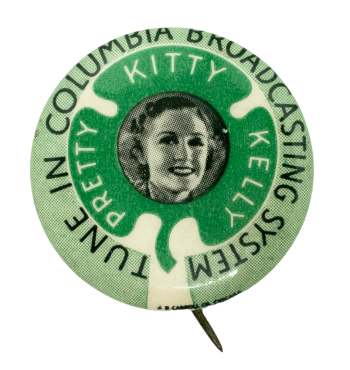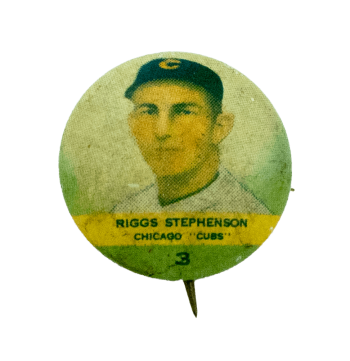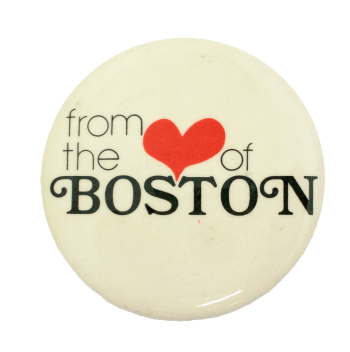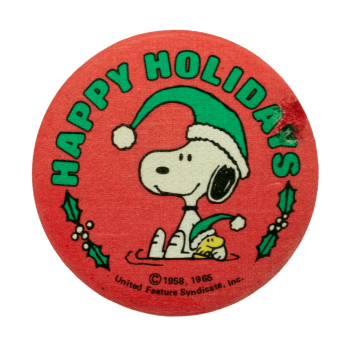Skafish
| Category | |
|---|---|
| Additional Images | |
| Sub Categories | |
| Text on Button | skafish |
| Image Description | Black and white photograph of the musician Jim Skafish on a black background with red text above the image |
| Back Style | |
| The Shape | |
| The Size | |
| Year / Decade Made | |
| Additional Information | Skafish is a Chicago-based punk band founded by Jim Skafish in 1976. In 1977, Skafish opened for the American rock & roll group Sha Na Na at the Arie Crown Theatre in Chicago. In a Billboard article, Alan Penchansky described Skafish as a “peculiar appetizer” with the frontman dressed androgynously, sporting a pageboy haircut. Jim Skafish was described to be “skipping” and “prancing” around the stage before dressing down to a woman’s bathing suit and anxiously applying lipstick. The 50-minute performance left the audience confused, with one audience member reportedly pointing a gun at Skafish during the performance. The band—which included members Barbie Goodrich, Ken Bronowski, Larry Mysliwiec, Larry Mazalan, and Javier Cruz in addition to Joim Skafish— signed with I.R.S. Records and began recording their first self-titled album in 1979. Due to production over-spend, the album was mixed on a low budget and its release delayed until 1980. That same year, Skafish embarked on a European tour with post-punk, reggae, and ska bands like The Police, XTC, English Beat, UB40, and Steel Pulse. Their second I.R.S. album, Conversation, was released in 1983 and leaned towards a “beat-based dance style” that was not well received by audiences. The band broke up in 1985, but Jim Skafish continues to release music as a solo act. In 2006, he produced a jazz-style Christmas album titled Tidings Of Comfort And Joy: A Jazz Piano Trio Christmas. |
| Sources |
Penchansky, A. (1977, February 26). Talent in action: Skafish. Billboard. https://books.google.com/books?id=FEUEAAAAMBAJ&dq=skafish&pg=PA40#v=onepage&q=skafish&f=false Skafish. (2024, October 20). In Wikipedia. Retrieved December 7, 2024 https://en.wikipedia.org/wiki/Skafish Skafish. (n.d.). About. https://skafish.com/about/ |
| Catalog ID | MU0589 |



